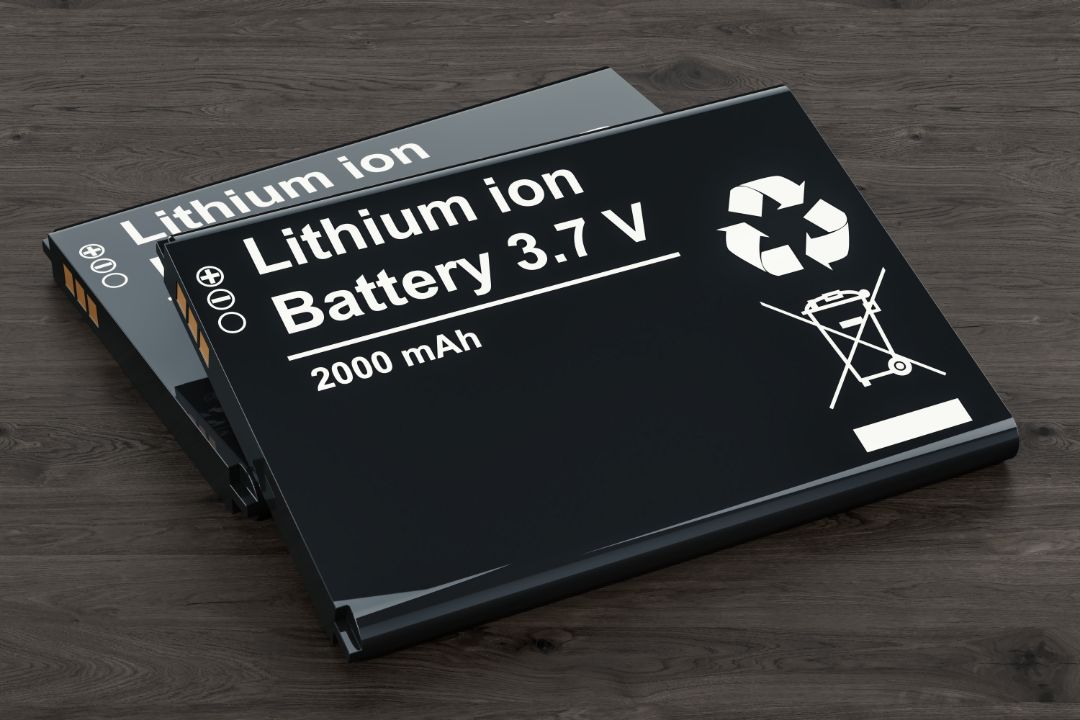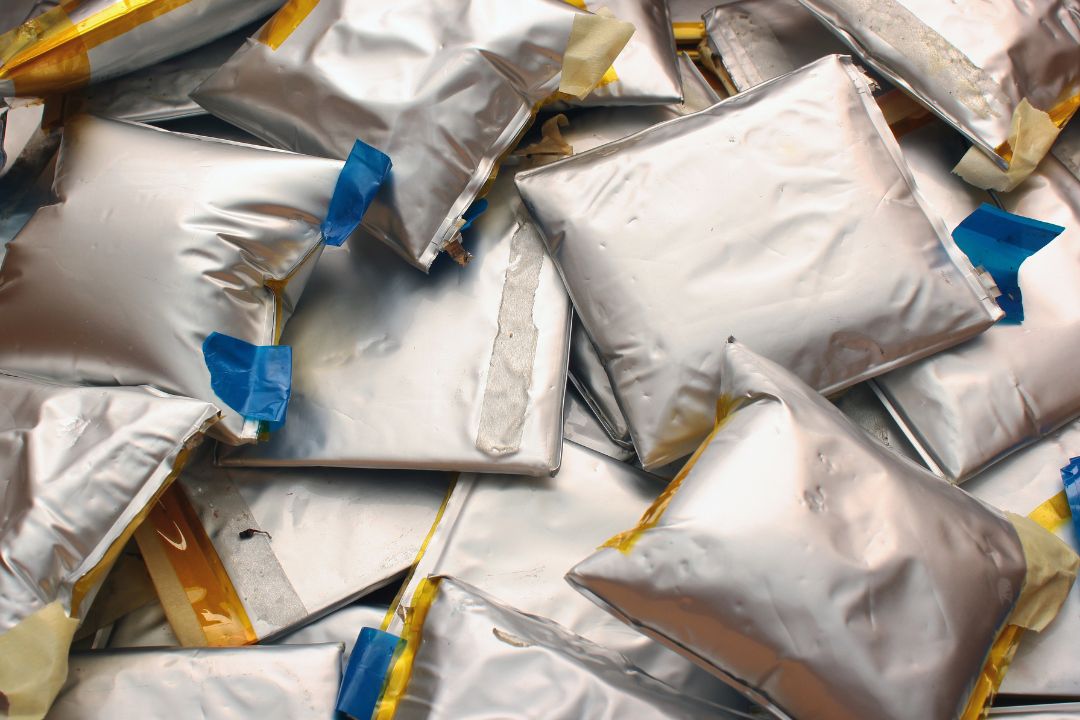In today's technology-driven world, lithium-ion batteries are omnipresent. They power everything from smartphones and laptops to electric vehicles and renewable energy storage systems. Given their widespread use, it's crucial to understand the safety of these powerhouses.
Unfortunately, misconceptions abound, clouding public perception with myths and half-truths. This blog aims to separate fact from fiction, offering consumers, tech enthusiasts, green energy advocates, and consumer safety advocates a clear, informative look at lithium-ion battery safety.
Understanding Lithium-Ion Batteries

How Lithium-Ion Batteries Work
Lithium-ion batteries consist of an anode, a cathode, a separator, an electrolyte, and two current collectors (positive and negative). During discharge, lithium ions move from the anode to the cathode through the electrolyte, creating an electric current. When charging, these ions move back to the anode. This reversible process allows for multiple charge cycles, making lithium-ion batteries efficient and long-lasting.
Principles of Safety
Contrary to some alarming reports, lithium-ion batteries are generally considered safe for everyday use. Modern lithium-ion batteries come equipped with built-in safeguards such as Battery Management Systems (BMS) that prevent overcharging, overheating, and short circuits. According to a study by Argonne National Laboratory, lithium-ion fires are exceedingly rare, accounting for only about 0.0048% of battery cells.
Common Safety Concerns
Overheating and Explosion
One of the most prevalent concerns is the risk of overheating and explosion. While such incidents can occur, they are exceedingly rare and often due to misuse or manufacturing defects. Properly designed batteries include thermal management systems to dissipate heat and prevent thermal runaway.
Environmental Impact
The environmental impact of lithium-ion batteries is another frequent concern. Manufacturing these batteries involves the extraction of metals like lithium, cobalt, and nickel, which can have significant environmental footprints. However, advances in recycling technologies and second-life applications are mitigating these impacts.
Dispelling Myths
- Fact: Lithium-ion batteries are generally safe with proper use. Modern batteries come equipped with built-in safeguards like Battery Management Systems (BMS) that significantly reduce risks.
- Fiction: All lithium-ion batteries are created equal. In reality, there are various lithium-ion battery chemistries, each with its own safety profile. For instance, Lithium Iron Phosphate (LiFePO4) batteries are known for their inherent stability and lower flammability, making them ideal for electric vehicles (EVs).
Environmental Impact
Carbon Footprint
The production of lithium-ion batteries does have a carbon footprint, primarily due to the mining and processing of raw materials. However, their use in renewable energy applications and electric vehicles can offset these initial emissions over time.
Recycling Options
Recycling lithium-ion batteries is crucial for sustainability. Programs like those supported by the Department of Energy are exploring second-life applications for used EV batteries, repurposing them for stationary energy storage in homes or on the grid.

Comparison with Other Technologies
Compared to other battery technologies like lead-acid and nickel-cadmium, lithium-ion batteries offer a better balance of weight, energy density, and longevity. While alternative technologies are emerging, none have yet matched the overall advantages of lithium-ion.
Safety Standards and Regulations
Overview of Safety Standards
Lithium-ion batteries are subject to rigorous safety standards and regulations that govern their production, use, and disposal. These include international standards such as IEC 62133 and UL 1642, which ensure that batteries meet stringent safety criteria.
In New Zealand, the safety standards for lithium-ion batteries are guided by international best practices and local regulations to ensure consumer safety and environmental protection. The country adheres to standards such as AS/NZS 60335.1 for household appliances and AS/NZS 60950.1 for information technology equipment, which include provisions specific to lithium-ion battery safety.
These standards cover a range of safety aspects, including thermal management, electrical integrity, and protection against overcharging. Compliance with these standards is regularly monitored, and products are subject to testing and certification processes by accredited bodies, ensuring that lithium-ion batteries used in various applications meet high safety standards.
Consumer Safety and Environmental Protection
Regulations also focus on consumer safety and environmental protection. For instance, the European Union's Battery Directive mandates proper disposal and recycling of batteries, while similar regulations are in place in other major markets.
Here in New Zealand, the safe use and environmental protection related to lithium-ion batteries are governed by a combination of national regulations and international guidelines. The Hazardous Substances and New Organisms (HSNO) Act provides a framework for managing hazardous substances, including batteries, to protect people and the environment from their harmful effects. In addition, the Ministry for the Environment is actively working on improving battery stewardship with initiatives aimed at enhancing battery recycling programs and safe disposal practices. These efforts are crucial as New Zealand continues to promote the use of renewable energy technologies and electric vehicles, thereby ensuring that the benefits of these advancements do not come at the expense of environmental and public health.
The Future of Lithium-Ion Batteries
Current Research and Development
Ongoing research aims to further improve the safety and efficiency of lithium-ion batteries. Innovations include new electrode materials that enable faster charging times, self-healing polymers that could extend battery life and advanced recycling methods that reduce environmental impact.
Second Life Applications
Used EV batteries still hold significant charge capacity and can be repurposed for stationary energy storage, extending their lifespan and reducing environmental impact.
Faster Charging Times
Researchers are developing new electrode materials that enable much faster charging times, potentially bringing electric car charging close to gasoline refuelling speeds.

Self-Healing Properties
Scientists are exploring the possibility of self-healing polymers within batteries. These polymers could automatically seal minor cracks, potentially preventing damage and extending battery life.
Potential Challenges and Opportunities
While the future looks promising, challenges remain. These include improving recycling rates, reducing dependency on scarce raw materials, and further enhancing safety features. However, the opportunities for technological advancements and sustainable practices are immense.
The Introduction of Sodium-Ion Batteries (SIBs)
Sodium-ion batteries (SIBs) are emerging as a promising alternative to lithium-ion batteries, primarily due to the abundance and lower cost of sodium compared to lithium. Researchers are focusing on addressing the technical challenges of SIBs, such as improving energy density and cycle life, to make them commercially viable.
The commercialisation of SIBs could further diversify the energy storage market, providing a more sustainable and cost-effective option for various applications, including electric vehicles and grid storage.
In a May 2024 report in Electrek, it was reported that China’s first major sodium-ion battery energy storage station is now online, according to state-owned utility China Southern Power Grid Energy Storage. The state utility says the 10 MWh sodium-ion battery energy storage station uses 210 Ah sodium-ion battery cells that charge to 90% in a mindblowing 12 minutes. The system comprises 22,000 cells.
Conclusion
Understanding the facts about lithium-ion batteries is crucial for making informed decisions. While safety concerns exist, modern batteries come equipped with numerous safeguards, and incidents are rare. The environmental impact is mitigated through recycling and second-life applications, making lithium-ion batteries a sustainable choice for the future.
As we continue to innovate, the potential for lithium-ion batteries to revolutionise energy storage and consumption remains immense. By using and disposing of these batteries responsibly, we can harness their full potential while minimising risks.
By understanding the facts and potential of lithium-ion batteries, we can make informed choices and embrace the innovations they bring.
